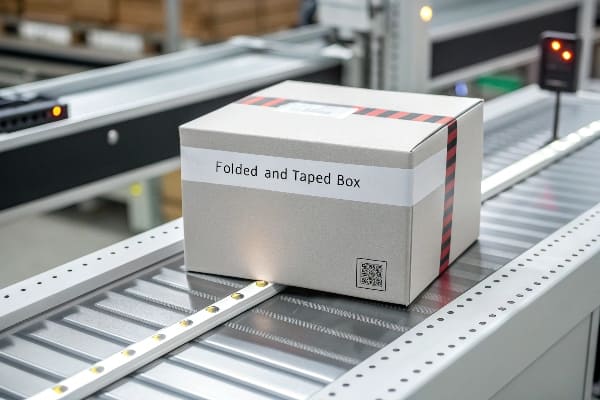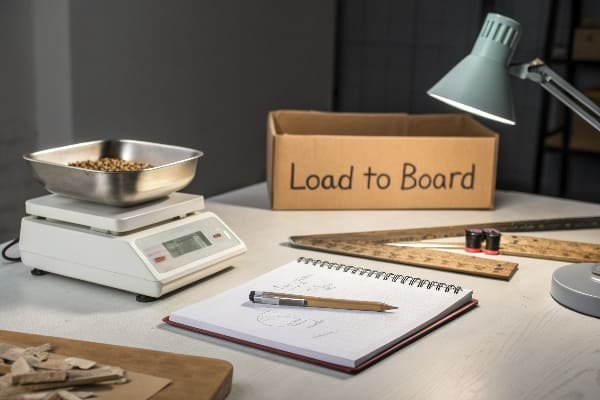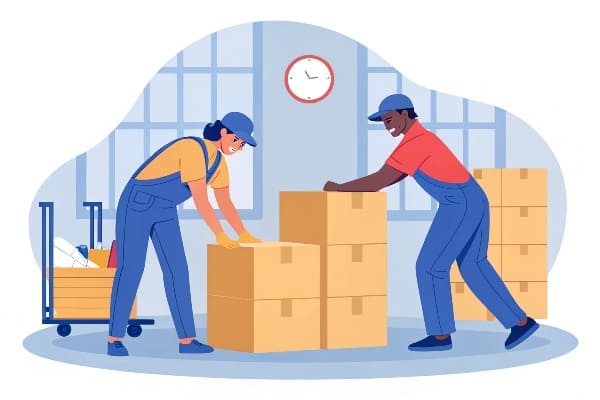The wrong box hurts profit and image. I have seen rushed packs crush displays and brands. Yet a few clear habits can turn chaos into neat, strong, trusted packages.
Choose sturdy board, right size, neat folds, tested cushioning, clear labels, early prototypes, fast feedback, and final QC to reach perfect packaging on time and on budget.

Many skip deeper steps once a box looks good. Stay with me and I will show each move I follow in my own factory to keep clients like Barnett Outdoors coming back year after year.
How do you make a perfect package?
Every launch feels urgent. The pressure tempts me to print, cut, and hope. The pain shows later when edges burst in transit. I flip that pain by slowing down for one strong checklist.
I make a perfect package by matching load to board grade, locking joints tight, sealing gaps, drop-testing samples, and improving until zero flaws appear.

The five-step flow I never skip
| Step | What I do | Why it matters |
|---|---|---|
| 1. Define load | List weight, shock, climate | Board grade must match real risk |
| 2. Prototype fast | Cut one blank on sample table | Cheap errors beat costly mass waste |
| 3. Stress test | Drop, stack, shake | Weak spots show early |
| 4. Iterate | Adjust folds, flutes, glue lines | Small fixes save big money |
| 5. Sign-off with client | Video call walk-through of results | Shared proof ends later blame |
Why this works
My factory in Guangzhou owns a digital cutter and a small test lab. I invite buyers to watch live tests over video. They see beams flex, flaps tear, and then see the next sample hold. That clear proof builds trust and speeds payment. I repeat until the box survives 10 drops and 24-hour stack tests. Only then do we switch to the big rotary die. This method looks slow, but I finish projects faster because I avoid rework after shipping. Barnett saved two weeks last fall when his crossbow launch deadline crept close; our solid early tests meant no recalls, no panic airfreight.
What are the 5 considerations when making packaging?
Rushing past key checks drains money later. Many focus only on graphics. I force myself to review five simple but vital items before any knife touches board.
I weigh product, map transit route, confirm shelf space, check brand rules, and review end-user disposal needs before design starts.

Break-down of the big five
| Consideration | Common mistake | My fix |
|---|---|---|
| Weight & shape | Box chosen by eye, not scale | Use load tables, pick flute grade |
| Logistics path | Ignore humidity or cold | Add liners, use moisture-proof ink1 |
| Retail footprint | Box too tall for rack | Pull store specs, mock shelf |
| Brand identity | Color drift | Calibrate press, run color swatches |
| Sustainability | Hard-to-recycle mix | Pick single-material board, clear labels |
Putting the five together
When I opened Popdisplay ten years ago I lost a large pet-food order because pallets collapsed in a damp port. I learned to walk each step. Now my planners quiz the client on route climate, temp swings, and store pegs. We feed that data into design files. If a box will sit in Colorado winters and Florida summers, I spec E-flute2 with a clay-coated liner outside and a moisture-barrier varnish inside. My art team then maps the brand Pantone on that exact board. Finally, I print the chasing-arrows logo3 big so the eco-minded shopper sees how to recycle. Each part saves returns and lifts brand trust.
How do you pack boxes efficiently?
Deadlines burn cash. A slow line makes me miss vessels and pay airfreight. I chase minutes the same way athletes chase seconds.
I cut wasted motion: stage parts, use color-coded bins, set simple jigs, train two-person teams, and time every cycle to pack faster with zero errors.

My lean pack cell blueprint
1. Stage and sort
I stack flat blanks, inserts, and labels in the order of use. Each pallet sits inside colored tape zones. That stops workers from wandering.
2. One-touch flow4
Workers pick a blank, square it in a fold jig, drop in product, insert cushion, and seal. They never place work down half-done.
3. Visual guides5
Large photos hang above the cell. A quick glance shows how the finished pack should look. Even new temps see and copy.
4. Real-time numbers
A small display shows units per hour. When pace dips I ask what blocks the flow, then fix at once.
5. Gamified rewards6
Teams post daily win stickers when they beat target. Pride reduces turnover and grows skill.
| Lean Tool | Time Saved | Notes |
|---|---|---|
| Pick-to-light bins | 18% | Lights guide item pick, avoid mix-ups |
| Foot-pedal glue guns | 12% | Hands stay free, fold speed rises |
| Auto-print labels | 9% | Label appears only when weight passes check-scale |
Over a year these small gains freed one full shift in my plant. That extra capacity let me accept Barnett’s last-minute 5,000-unit rush without overtime.
What are the 4 C’s of packaging?
Marketers toss jargon, but the four C’s keep my design meetings grounded. They tie creative dreams to supply-chain facts.
The 4 C’s are Containment, Convenience, Communication, and Cost, and a winning box balances all four without trade-offs that hurt sales or margin.

Mapping the 4 C’s to real work
| C | My priority action | Client gain |
|---|---|---|
| Containment7 | Fit product snug, no rattle | Lower damage returns |
| Convenience8 | Easy open, clear disposal | Better user reviews |
| Communication | Sharp print, brand story | Faster shelf pick-up |
| Cost9 | Lean board use, fast line | Healthy margin |
How I juggle the four
I start with containment. If a crossbow limb snaps, nothing else matters. I sketch inner pads around the shape and drop-test. Once safe, I search for the simplest open line. A tear tape or thumb hole transforms the unboxing video that buyers love to post. Next, I push my art lead to place the main claim and QR code on the broadest panel. We pull the brand color codes into a press profile to stop drift. At the end, I meet my cost analyst. We run board yield and line speed numbers. If cost rises past target, I loop back, not to slash board quality but to trim blank waste or add a semi-auto erector. This tight loop keeps Barnett’s packaging under three percent of retail price while still showing bold graphics at trade shows.
Conclusion
Perfect boxes grow from a steady checklist, five core checks, lean lines, and the four C’s held in balance. Follow them and profit follows too.
Understanding moisture-proof ink can enhance your packaging’s durability and sustainability, ensuring better product protection. ↩
Exploring E-flute can help you choose the right material for your packaging needs, balancing strength and sustainability. ↩
Learning about the chasing-arrows logo can improve your brand’s eco-friendly image and educate consumers on recycling practices. ↩
Understanding one-touch flow can enhance efficiency in your operations, making processes smoother and faster. ↩
Visual guides can significantly boost productivity and reduce errors, making them essential for effective workflows. ↩
Exploring gamified rewards can reveal innovative ways to motivate teams and enhance performance in your organization. ↩
Explore this resource to understand how effective containment can minimize damage returns and enhance product safety. ↩
Discover insights on how convenience features can lead to better user experiences and positive reviews. ↩
Learn about cost-effective strategies that maintain quality while optimizing packaging expenses. ↩

